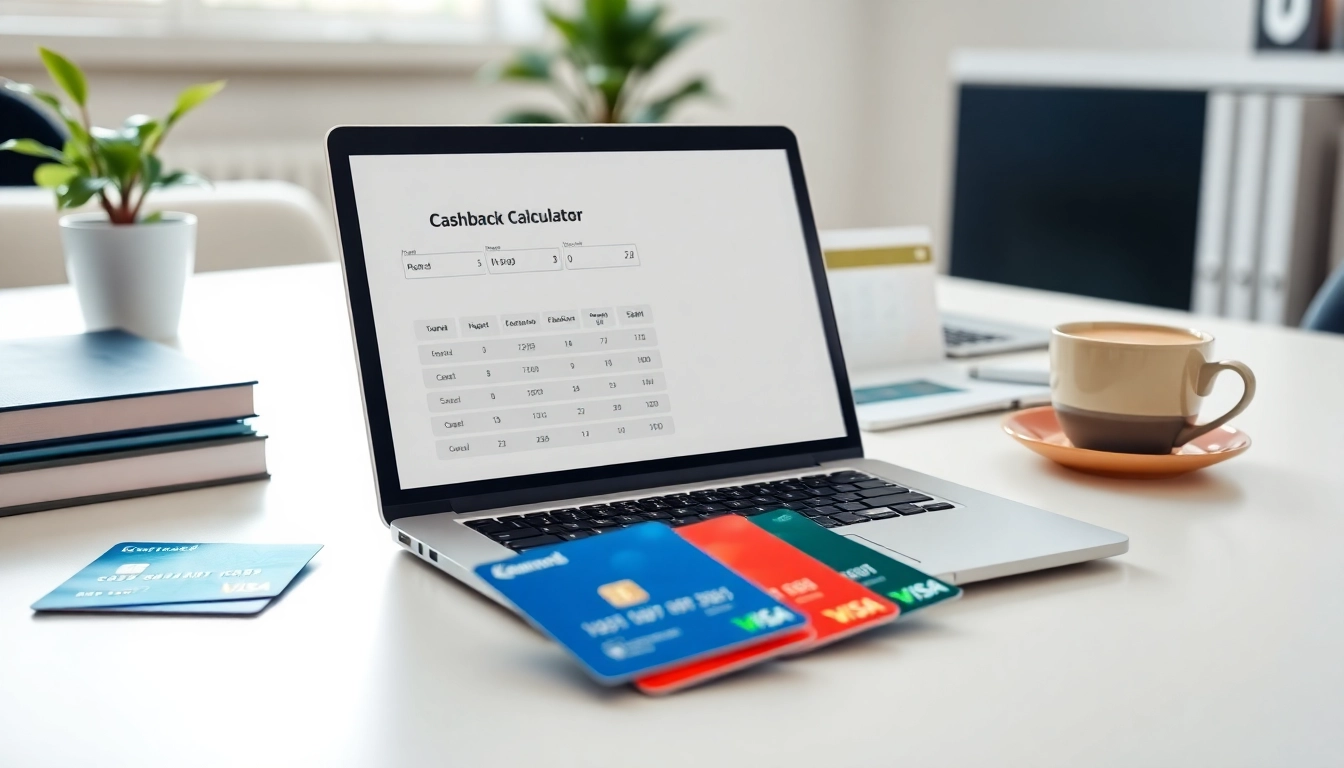
Strategies to Get Maximum Cashback from Your Credit Card Usage
In today’s economy, every dollar counts, and optimizing your spending to get maximum cashback can significantly impact your finances. Cashback credit cards have gained immense popularity, allowing consumers to earn rewards on everyday purchases. However, to truly benefit from these cards, it’s crucial to understand how cashback works, choose the right credit card, and implement strategies to maximize your returns. This comprehensive guide will delve into the essential steps necessary for optimizing your cashback rewards.
Understanding Cash Back Basics
What is cash back and how it works
Cash back is a type of rebate that credit card companies offer to customers based on their spending habits. When a consumer makes a purchase using a cashback credit card, a percentage of the purchase amount is returned to them as cash. For example, if a card offers 2% cash back and you spend $100, you’ll receive $2 back. This can accumulate over time, allowing you to earn substantial rewards on everyday expenses.
Different types of cash back offers
Cashback offers can vary significantly between credit cards. The most common types include:
- Flat-rate cashback: A constant percentage is earned on all purchases, making it easy to calculate potential rewards.
- Tiered cashback: Different spending categories offer varying cashback percentages, often with higher rates for specific categories like groceries or gas.
- Bonus categories: Certain cards may offer elevated cashback rates for specified categories that change quarterly or annually, such as dining or online shopping.
- No annual fees: Many cashback cards offer benefits without charging an annual fee, making it easier for consumers to take advantage of the program.
Common misconceptions about cash back
Several myths surrounding cashback rewards can deter consumers from maximizing their potential benefits. For example, many believe that cashback programs are only beneficial for those with high spending power. In reality, even small purchases can accumulate cashback over time. Additionally, some assume that all credit cards with cashback are superior, overlooking crucial details like fees and redemption limitations. Understanding these nuances allows consumers to navigate cashback options more effectively.
Choosing the Right Credit Card
Factors to consider when selecting a card
When choosing a cashback credit card, consider the following factors:
- Spending habits: Analyze your monthly expenses to determine which categories you spend the most on and select a card that rewards those categories.
- Cashback rates: Compare the cashback percentages across different cards to understand which provides the most value based on your spending habits.
- Fees and rates: While some cards may offer high cashback rates, they may also come with high annual fees or interest rates. Evaluate the overall cost of the card to ensure it aligns with your financial goals.
- Redemption options: Consider how cashback can be redeemed, whether it’s as statement credits, direct deposits, or gift cards. Choose a card with redemption options that suit your preferences.
Comparing cash back rates and categories
Not all cashback rates are equal. When comparing options, pay attention to both the percentage earned and the categories available. Some cards offer higher cashback rates for certain types of purchases, while others provide a uniform flat rate on all transactions. For example, a card may offer 5% on groceries but only 1% on other purchases. Weigh the benefits of a higher percentage in a category in which you frequently spend against a lower flat rate for overall flexibility.
The importance of understanding fees
Before settling on a credit card, carefully review the fee structure. Some cards may lure consumers with high cashback incentives but counteract potential savings with substantial fees. Look for features such as:
- Annual fees: Determine whether the cashback earned justifies any annual fees associated with the card.
- Foreign transaction fees: If you travel abroad, ensure your card does not charge fees for transactions made internationally.
- Late payment fees: Stay informed on the implications of late payments, which could minimize any cashback benefits earned.
Optimizing Everyday Purchases for Cash Back
Strategies to get maximum cashback in daily spending
To maximize cashback on everyday expenses, consider employing these strategies:
- Prioritize spending in cashback categories: Utilize cards that offer elevated cashback in categories you frequently shop in, whether it’s groceries, gas, or retail.
- Plan large purchases: If possible, time significant expenses for when bonus categories offer increased cashback to maximize returns.
- Leverage signup bonuses: Many credit cards offer hefty cashback bonuses if you spend a predetermined amount within a specified timeframe after opening the account. This can give you a significant head start on cashback.
Leveraging bonus categories effectively
Understanding and utilizing bonus categories can provide a fresh perspective on earning cashback. Many credit cards rotate their bonus categories quarterly or annually. By keeping track of these shifts, you can focus your spending in these categories during the promotional periods. For instance, if your card offers 5% cashback on dining for a quarter, plan to dine out or order in more frequently during that time frame.
Using multiple cards to maximize rewards
Using multiple credit cards may seem cumbersome, but it can be one of the most effective strategies for maximizing cashback. By carefully selecting cards that excel in different categories, you can effectively stack rewards. For example:
- Utilize one card for grocery shopping that offers 5% back.
- Use another card that rewards dining at 3%.
- Employ a flat-rate card for all other purchases that offers 1.5% back.
This approach requires monitoring spending across various cards but can yield significant rewards if managed effectively.
Tracking and Managing Cash Back Rewards
Best tools for tracking rewards
To effectively manage cashback rewards, utilizing tracking tools can simplify the process. Many financial apps are available that allow you to link your credit cards and automatically track your rewards and spending. By categorizing your expenses and highlighting cashback earned, these apps can provide a realistic view of your overall earnings.
How to redeem your cash back effectively
Understanding the redemption process is just as crucial as earning cashback. Most cards allow you to redeem your cashback via statement credits, direct deposits, or gift cards. To make the most of your rewards:
- Be mindful of redemption minimums: Some cards require a minimum amount to redeem. Aim to incur enough earnings before redeeming.
- Take advantage of bonuses: Be aware of promotions where a card issuer may offer increased redemption values for certain options, such as gift cards during holidays.
Managing expiration dates and limitations
Cashback rewards may come with expiration dates or limitations. It’s essential to stay informed about these timelines to ensure you don’t lose accumulated earnings. Many cashback cards allow you to check your rewards status online or through an app, making it easy to manage your earnings and plan redemptions accordingly. Additionally, some programs may reset categories at specific intervals, so be sure to track those changes.
Advanced Techniques to Maximize Cash Back
Utilizing sign-up bonuses and promotional offers
Many credit cards entice new users with lucrative sign-up bonuses. These offers often require the cardholder to spend a specific amount within a certain period to unlock the bonus cashback. Take advantage of these promotions when you’re planning to make large purchases, as achieving the spending threshold can significantly boost your cashback rewards early on.
Taking advantage of shopping portals and deals
Shopping portals are platforms many banks and credit cards provide that offer additional cashback if you shop through their links. Before making a purchase, check if your credit card issuer has a shopping portal associated with popular retailers. Shopping through these portals can yield extra cashback on top of any rewards offered by the retailer, compounding your overall benefits.
Learning from personal finance expert strategies
There are countless strategies for maximizing cashback shared by personal finance experts. Many recommend evaluating your cashback card program regularly to ensure you’re still maximizing your benefits. They also suggest regularly assessing your spending habits and adapting your credit card usage accordingly. You might find that your spending patterns have shifted, and a previously unused card is now your best option.
